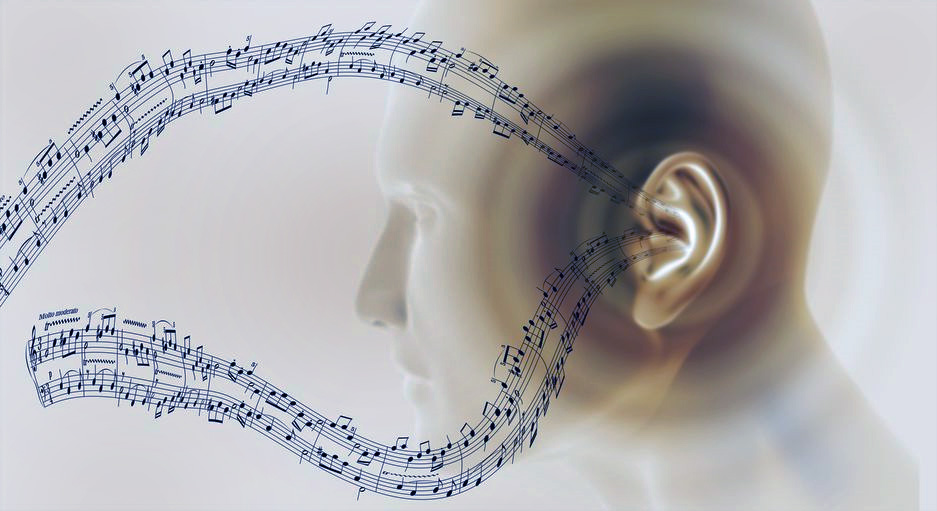Hi Jonah:
I’m a music education major with a love for all things audio technology. Most importantly, I’m just a curious person who loves learning and asking questions. Here’s a question I’ve been thinking about recently: “Are there different sizes of stereo, and how does that affect commercial mixing?”
This comes from a lot of arguments for, and against, mono compatibility in commercially released songs. Some say it’s important because people listen “effectively mono” in a few places: phones, laptops, stores, Bluetooth speakers, etc. To my knowledge, many of these are trying to be stereo and have two speakers playing both channels.
I’m wondering at what point does it become stereo? Playing both sides but only playing them an inch apart probably feels like listening in mono at a certain distance. Is there some sort of rule/equation about how far apart and at what distance something feels like stereo or mono? – Ben
Great question! Instead of thinking about separation between left and right sources in terms of distance, it might be more helpful to think about angle. The established standard in the studio mixing world is a 60-degree angle between the two loudspeakers as measured from the listening position.
In other words, an equilateral triangle with the two loudspeakers and the listener’s head located at the points. You’ll also see the same 60 degrees show up as part of the ITU-R BS.775-3 recommendation for multichannel stereophonic sound systems, which is often referenced in home theater work.
A phone or tablet device held at a reasonable viewing distance obviously creates far less than 60 degrees between the two channels and, just as you have observed, doesn’t offer much in terms of stereo perception.
However, the cautions about mono compatibility are probably not rooted in the ineffectiveness of a stereo image from these devices, but that there are still certain situations in which the mix is summed to mono. In those situations, the mix can end up sounding thin or with parts missing entirely if it wasn’t mixed with mono compatibility in mind.
A lot of the techniques and plugins that are used to create a perception of width involve creating time and phase offsets between the channels, which can be detrimental when summed down to mono.
So, if you’re mixing for streaming or broadcast in particular, it’s a good idea to check for mono compatibility. If your console’s monitor bus doesn’t allow you the option to sum to mono, you can route the mix to a mono matrix and cue that up to check.
Bonus: Yak Hacks

How do you double assign and double EQ? Here’s my approach:
• Patch one input into two channels on the console and EQ one “dark” and one “bright.”
• Patch a single channel (e.g., lead vocal) into two input channels on the console.
• EQ one “dark” (boost low-mid and cut high-mid) and one “bright” (boost high-mid and cut low-mid).
• Using side-by-side channels or VCAs, alternate fader levels to quickly change the tone of the input.
The Payoff: If the vocalist sings well back from the mic and the tone tends to be thin and harsh, use more of the dark channel to smooth it out and beef it up. If the same vocalist is very boomy when speaking or singing low and right on the mic, alternate the two faders to favor the brighter one. – Jim Yakabuski















